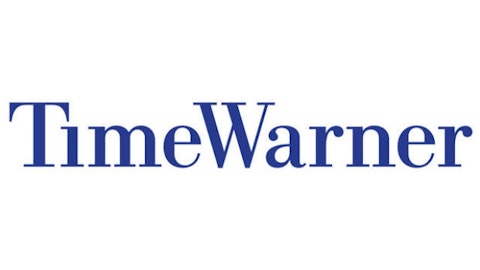The Future: Hyperlocal News and the Facebook Exchange
Last year, AOL spent approximately $300 million to develop Patch, a site that specializes in local news. Although Patch initially posted promising growth last year, Hurricane Sandy affected over a third of the towns in Patch’s network last October. In addition, Patch emphasized cost reductions over ad sales, since expenses for the segment at one point exceeded $40 million per quarter. For the full year, Patch’s approximately 900 sites generated $34 million in revenue, falling short of the $40 million to $50 million that CEO Tim Armstrong had forecast six months ago.
Despite those losses, Armstrong has remained adamant that the network will achieve profitability by the fourth quarter of 2013. Armstrong has noted that Patch can recoup its losses by working with metropolitan newspapers, television stations and regional advertisers – which were previously neglected in favor of larger networks and companies. Armstrong also stated that AOL, Inc. (NYSE:AOL) is planning to roll out a simpler version of Patch that “focuses on three or four things” rather than a wide variety of news items.
However, I have doubts regarding the growth of Patch, which is only available in limited areas of 23 states. Last month, Comcast Corporation (NASDAQ:CMCSA)’s NBC division shut down Everyblock, its ‘hyperlocal’ answer to Patch, which bodes ill for AOL.
While Patch’s future is still up in the air, AOL’s recent partnership with Facebook Exchange looks promising. AOL, Inc. (NYSE:AOL) has integrated Advertising.com (part of AOL Networks) into Facebook’s new advertising exchange, which allows it to use the exchange to purchase ads for its clients. Facebook currently has a two-tiered advertising system – the first, its internal one, uses user profiles to generate targeted advertising within the social site. The second, Facebook Exchange, allows outsiders to purchase advertisements to be displayed in the social network, which do not use specific user-targeted data.
In other words, AOL Network clients will be able to buy ad space on Facebook’s advertising platform, which reportedly generates over a billion page impressions daily. This is a win-win solution for both parties, as it expands AOL, Inc. (NYSE:AOL)’s advertising presence into social networking, while allowing Facebook to reach out to a larger group of advertisers. The main loser here is Google Inc (NASDAQ:GOOG) – which has been intentionally locked out of Facebook Exchange.
The Bottom Line
AOL’s fundamentals look robust in comparison to its industry peers, showing off some beefy margins, strong past performance and excellent bottom line growth.
| Forward P/E | Price to Sales (ttm) | Return to Equity (ttm) | Debt to Equity | Profit Margin | Qty. EPS Growth (Y-O-Y) | Qty. Revenue Growth (Y-O-Y) | |
| AOL | 22.58 | 1.27 | 48.46% | 4.92 | 47.84% | 56.60% | 3.90% |
| Yahoo! | 19.54 | 5.21 | 29.06% | 0.25 | 79.12% | -7.90% | 1.60% |
| Demand Media | 17.90 | 1.93 | 1.35% | 0.31 | 1.62% | N/A | 22.20% |
| Advantage | Demand Media | AOL | AOL | Yahoo! | Yahoo! | AOL | Demand Media |
Source: Yahoo! Finance, 3/28/2013
Although AOL looks like a decent choice for growth investors, there are a few speed bumps ahead to look out for. First is AOL’s aging dial-up business, which accounts for nearly a third of its revenue. This business is steadily shrinking and could cause losses if gains from its advertising segment aren’t strong enough. Second is Armstrong’s insistence on pushing Patch to be a winner, despite some clear warning signs that his plans might not pan out. Lastly, AOL, Inc. (NYSE:AOL)’s entire network could be threatened by Google’s ongoing war against content farms, which has penalized low quality sites filled with recycled material by excluding them from search results.
Those three concerns aside, I believe that while the past was bleak for AOL, the present and the future could be brighter for the company that defined many of our earliest personal experiences on the world wide web.
The article The Past, Present and Future of AOL originally appeared on Fool.com and is written by Leo Sun.
Copyright © 1995 – 2013 The Motley Fool, LLC. All rights reserved. The Motley Fool has a disclosure policy.

